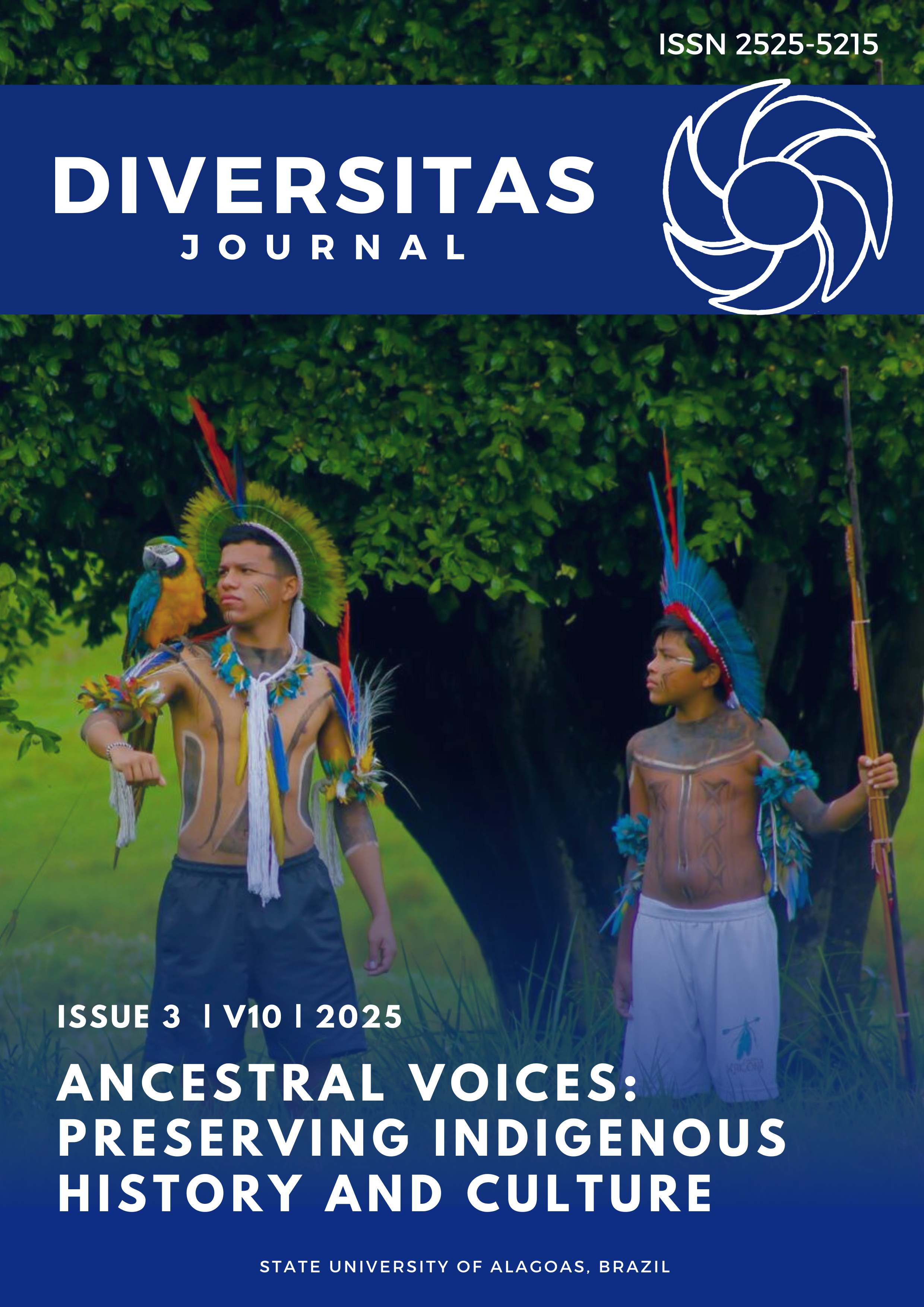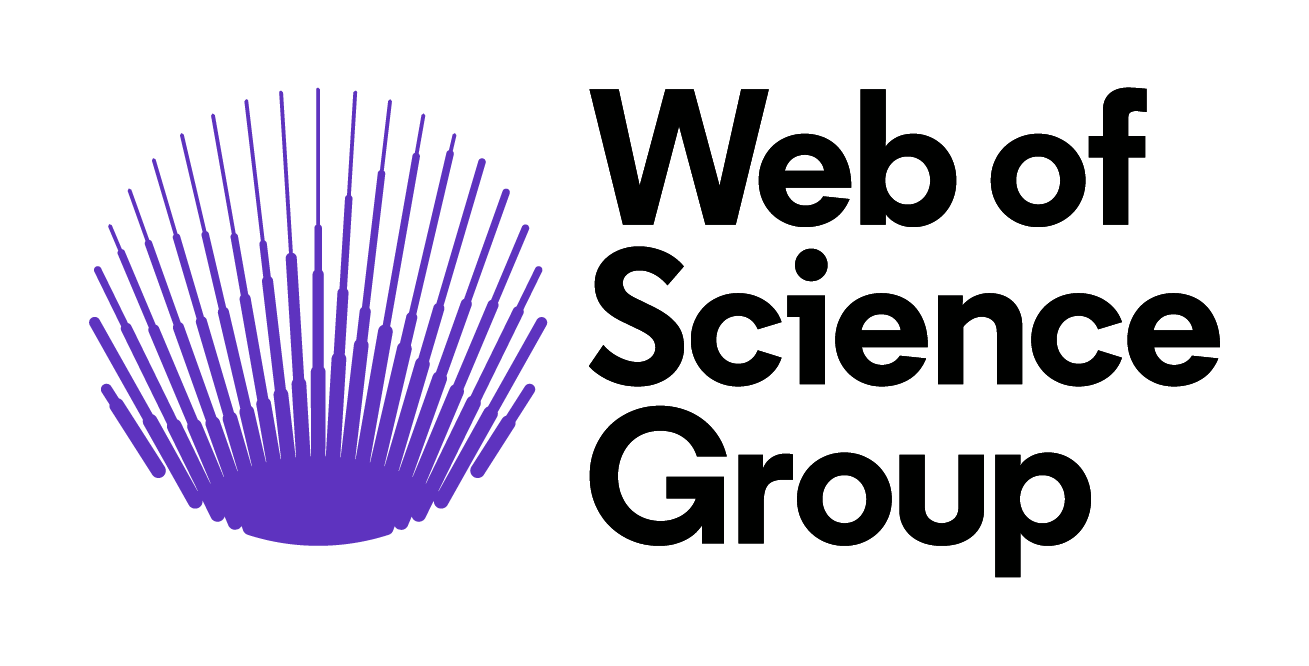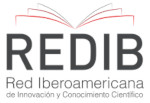Explorando o papel das aplicações matemáticas na aprendizagem de futuros professores: uma investigação narrativa
DOI:
https://doi.org/10.48017/dj.v10i3.3546Palavras-chave:
aplicação da matemática, professores em formação, educação matemática, tecnologia educacionalResumo
Este estudo utiliza um design de pesquisa qualitativa narrativa para explorar o papel das aplicações matemáticas nas experiências de aprendizagem de futuros professores de matemática. Os dados foram coletados por meio de entrevistas com 15 futuros professores de matemática matriculados em um programa de formação docente em La Union. O estudo focou em como esses professores em formação utilizavam as aplicações, as dificuldades que enfrentavam e as possibilidades de incorporar tais ferramentas em suas futuras práticas profissionais. Os resultados revelaram que os participantes utilizavam os aplicativos Geogebra, Photomath, Gauthmath, Mathway e Khan Academy. Essas ferramentas aprimoraram a compreensão dos conceitos matemáticos por meio de representações visuais, simulações interativas e resolução de problemas passo a passo. No entanto, os participantes enfrentaram dificuldades como conectividade precária com a internet, limitações de acesso devido a assinaturas e interfaces pouco familiares. Os futuros professores de matemática expressaram a intenção de incorporar essas ferramentas em suas futuras práticas docentes para promover o engajamento dos alunos, um ambiente interativo e uma compreensão mais profunda da matemática. Esses achados apoiam a integração da formação em tecnologias educacionais entre os futuros professores de matemática e destacam o papel das ferramentas digitais na formação da educação matemática do século XXI. O estudo enfatiza a importância de capacitar os futuros educadores com as competências necessárias para integrar efetivamente a tecnologia no ensino da matemática.
Métricas
Referências
Abdillah, A. (2023). Strengthening Preservice Teachers Conceptual Understanding of Linear Algebra by Using the Supplementary Book Integrated with the GeoGebra and Maple Applications. Mathline: Jurnal Matematika dan Pendidikan Matematika, 8(2), 705-724.
Campuzano, M. G., & Crisanto, T. (2022). Learning analytic geometry with the aid of Wolfram Alpha. International Journal of Innovative Science and Research Technology, 7(1), 722-727.
Cirneanu, A. L., & Moldoveanu, C. E. (2024). Use of digital technology in integrated mathematics education. Applied System Innovation, 7(4), 66.
Cozad, L. E., & Riccomini, P. J. (2016). Effects of digital-based math fluency interventions on learners with math difficulties: A Review of the literature. Journal of Special Education Apprenticeship, 5(2), n2.
Drijvers, P., & Sinclair, N. (2024). The role of digital technologies in mathematics education: purposes and perspectives. ZDM–Mathematics Education, 56(2), 239-248.
Falebita, O. S. (2024). Assessing the relationship between anxiety and the adoption of Artificial Intelligence tools among mathematics preservice teachers. Interdisciplinary Journal of Education Research, 6, 1-13.
Ghose, A., Chel, M. M., & Mahabidyalaya, S. (2024). Centre for pedagogical studies in mathematics: Challenges in mathematics education.
Gyimah, A. N. T. H. O. N. Y. (2019). The use of smartphone mathematics applications among preservice mathematics teachers at teacher universities in Ghana (Doctoral dissertation, University of Education, Winneba.(UEW)).
Haleem, A., Javaid, M., Qadri, M. A., & Suman, R. (2022). Understanding the role of digital technologies in education: A review. Sustainable operations and computers, 3, 275-285.
Hidayat, R., Zainuddin, Z., & Mazlan, N. H. (2024). The relationship between technological pedagogical content knowledge and belief among preservice mathematics teachers. Acta Psychologica, 249, 104432.
Ikhsan, M., Rochaminah, S., & Mastura, A. (2024). The Development of Geo-Math Application by Integrating Geo-Gebra Applets to Improve Students’ Spatial Ability. Jurnal Ilmiah Peuradeun, 12(3), 1129-1154.
Jun-On, N., Suparatulatorn, R., Kaewkongpan, D., & Suwanreung, C. (2022). Enhancing Preservice Mathematics Teachers' Technology Integrated Competency: Cooperative Initiation and Open Lesson Observation. International Journal of Information and Education Technology, 12(12), 1363-1373.
Kalyani, L. K. (2024). The role of technology in education: Enhancing learning outcomes and 21st century skills. International journal of scientific research in modern science and technology, 3(4), 05-10.
Kokkinos, L. (2024). Revolutionizing education: The dynamic intersection of technology and learning. Educational Research (IJMCER), 6(1), 26-32.
Kusi, P., Boateng, F. O., & Teku, E. (2025). The effect of technology integration on college of education students’ achievement in quadratic equations: The perspective of photo math utilization. Eurasia Journal of Mathematics, Science and Technology Education, 21(1), em2561.
Mishra, P., & Koehler, M. J. (2006). Technological pedagogical content knowledge: A framework for teacher knowledge. Teachers college record, 108(6), 1017-1054.
Pashchenko, O., Skorupska, O., & Zhuravel, A. (2024). THE ROLE OF TECHNOLOGY IN MATH EDUCATION. Collection of scientific papers «SCIENTIA», (November 1, 2024; Lisbon, Portugal), 168-176.
Paulin, M., & Ndagijimana, J. B. (2024). Effectiveness of the Symbolab Calculator in Improving Second Year Science and Mathematics Students Ability to Solve Trigonometric Equations. East African Journal of Education and Social Sciences, 4(6), 10-46606.
Tamur, M., Juandi, D., & Kusumah, Y. S. (2020). The Effectiveness of the Application of Mathematical Software in Indonesia; A Meta-Analysis Study. International Journal of Instruction, 13(4), 867-884.
Wali, A., & Popal, A. (2020). The emerging issues and impacts of technology in classroom learning. International Journal of Emerging Technologies in Learning (iJET), 15(15), 237-245.
Zamir, S., & Ali, H. (2023). Prospective Teachers' Perceptions, Reliance, and Barriers to ICT Integration in Mathematics Learning. Journal of Education and Educational Development, 10(1), 7-25.
Zutaah, P., Ondigi, S. R., & Miheso-O'Connor, M. K. (2023). PRESERVICE TEACHERS'PERCEPTION OF THE USE OF GEOGEBRA IN TEACHING AND LEARNING GEOMETRY IN THE COLLEGES OF EDUCATION, GHANA. JOHME: Journal of Holistic Mathematics Education, 7(1), 1-21.
Downloads
Publicado
Como Citar
Edição
Seção
Licença
Copyright (c) 2025 Aladin Jon Sobredo, Jefferson Isidro

Este trabalho está licenciado sob uma licença Creative Commons Attribution 4.0 International License.
O periodico Diversitas Journal expressa que os artigos são de unica responsabilidade dos Autores, conhecedores da legislação Brasileira e internacional. Os artigos são revisados pelos pares e devem ter o cuidado de avisar da possível incidencia de plagiarismo. Contudo o plagio é uma ação incontestavel dos autores. A Diversitas Journal não publicará artigos com indicios de Plagiarismos. Artigos com plagios serão tratados em conformidade com os procedimentos de plagiarismo COPE.
A violação dos direitos autorais constitui crime, previsto no artigo 184, do Código Penal Brasileiro:
“Art. 184 Violar direitos de autor e os que lhe são conexos: Pena – detenção, de 3 (três) meses a 1 (um) ano, ou multa. § 1o Se a violação consistir em reprodução total ou parcial, com intuito de lucro direto ou indireto, por qualquer meio ou processo, de obra intelectual, interpretação, execução ou fonograma, sem autorização expressa do autor, do artista intérprete ou executante, do produtor, conforme o caso, ou de quem os represente: Pena – reclusão, de 2 (dois) a 4 (quatro) anos, e multa.”


















